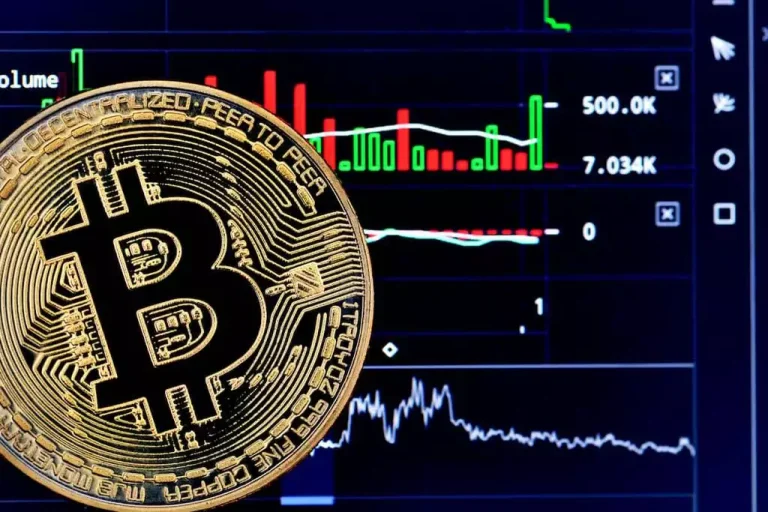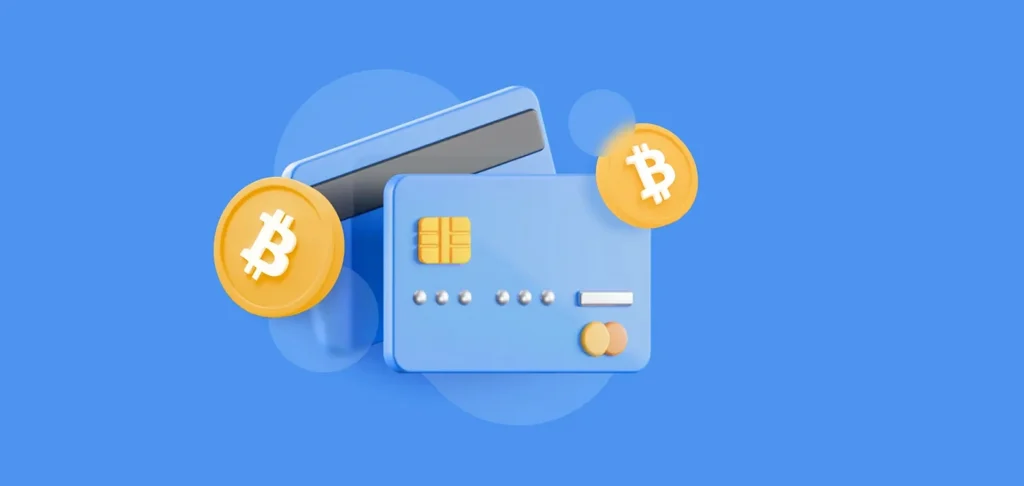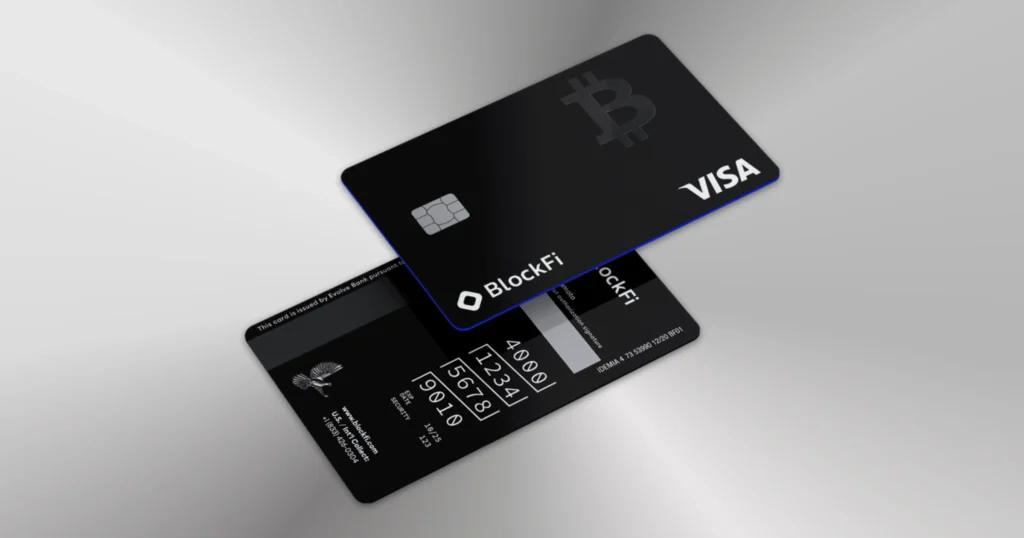From Barter to Blockchain: The Rise of the Web3 Credit Card
May 19, 2025

The Web3 Credit Card: Where Crypto Meets Everyday Spending
The way we pay has changed a lot over time—shells, coins, credit cards, digital wallets. And now? Enter the Web3 credit card.
It’s not just a flashy crypto add-on. It’s part of a bigger shift—from centralized banking to decentralized tools that let people use crypto in everyday life. A Web3 credit card taps into DeFi, smart contracts, and blockchain tech to turn your tokens into something spendable, right now, at the checkout line.
But this didn’t happen overnight. The idea of crypto-powered payments evolved over years, shaped by experimentation, hype cycles, and a whole lot of volatility. Let’s rewind the clock and see how we got from Bitcoin pizza to decentralized plastic.
2009–2013: Before the Web3 Credit Card, There Was Just Bitcoin

Back when Bitcoin launched in 2009, no one was thinking about credit cards. People were mining coins on laptops, not swiping for groceries. If you wanted to pay someone, you copied a long wallet address and prayed you didn’t mess it up.
Web3 wasn’t a thing yet. Heck, most people still thought “blockchain” was just Bitcoin’s backend.
2014–2017: The First Crypto Cards (But Not Yet Web3 Credit Cards)

This was the “trial run” era. A few companies started offering crypto debit cards—basic ones. These cards would auto-convert your Bitcoin into fiat whenever you made a purchase. Kinda handy, kinda clunky.
There was still a big middleman—usually a payment processor—and no real sense of decentralization. But the idea? It had legs. People wanted a way to use their crypto more easily.
2018–2020: DeFi Enters the Chat

This is where it gets interesting. Decentralized Finance, or DeFi, began to pick up serious steam. And with it came smart contracts, dApps, and the idea that maybe—just maybe—we didn’t need banks at all to handle credit.
Enter the early concept of the Web3 credit card. Not just a debit card that converted crypto—but something that tapped into on-chain assets, used wallets like MetaMask, and offered crypto-native perks. The gears were turning.
2021: The Web3 Credit Card Makes Its Debut

By 2021, the term “Web3” started popping up everywhere. NFTs, DAOs, and metaverses were suddenly in headlines—and companies began releasing the first real Web3 credit cards.
These weren’t just tools to spend crypto. They were part of a broader financial shift. Some let users borrow against their tokens. Others offered rewards in crypto or NFTs. A few even skipped traditional credit checks and instead used your wallet’s contents as proof of trust.
Let’s be honest: it wasn’t always smooth sailing. Some cards had high fees, buggy dApps, or weird restrictions. But the concept? Game-changing.
2022–2024: Growth, Bugs, and Big Potential

Over these last few years, the idea of a Web3 credit card has matured. More providers have entered the space. Wallet integrations improved. Even mainstream companies started sniffing around.
Still, not everyone’s sold. There are concerns around volatility, regulation, and—let’s face it—user experience. Your grandma probably isn’t using a crypto credit card just yet. But developers are building.
Here’s a snapshot of what today’s Web3 credit cards often offer:
- Real-time crypto-to-fiat conversion
- Rewards in tokens or NFTs (instead of airline miles)
- Collateralized credit (your ETH as your limit, basically)
- Greater user control—some cards are even governed by DAOs
2025 and Beyond: What’s Next for Web3 Credit Cards?

So… are Web3 credit cards the future of finance? Maybe. They’re certainly part of a trend that’s not going away.
People are looking for alternatives to the traditional banking system. They want ownership. Transparency. Control. Web3 credit cards, in theory, tick all those boxes.
But mass adoption? That depends. We’ll need simpler interfaces, better education, and—let’s be honest—more stability in crypto markets. Not everyone wants to bet their morning coffee on ETH’s price that day.
Still, it’s hard to ignore the momentum. A few years ago, the idea of spending Bitcoin at the grocery store sounded absurd. Today, it’s reality for some.
Tomorrow? Who knows. But the Web3 credit card is no longer a fringe idea. It’s a step toward a more decentralized future… even if we’re still figuring it out as we go.
Relevent news: Here

